The oak grove charmaie
The major part of the forest on the Aarnescht is of the type “oak and hornbeam”. Besides the beech tree forest, which is the most spread forest type in Luxembourg, the oak and hornbeam forest is the other major national wood type. The oaks grow naturally on the heavy clay grounds of the ösling valleys (you can find the same conditions on the Aarnescht) or in the Gutland. Here and there the beech trees are predominant, as in former times the oaks were more often used for construction purposes.
The most precious property of the oak and hornbeam forest is the presence of so many different tree species, bushes and herbs in a multilayer structure. This abundance of species is to be explained by the “open” structure of the forest, allowing the light to enter through to the ground level.
The old forest management system: the coppice-with-standards
The coppice-with-standards is a mixture of high stem forest and coppicing. Some of the oaks and beeches were preserved until maturity as “achiever”. Their fruit served for pig-fattening and their stems for construction purposes.
Coppicing is the result of cutting down young tree stems to the ground level. New young shoots are growing and are ready for harvest after several years (7–20). The aim of this procedure is the production of firewood and barks for tanning.
Thermophile oak wood
On the warm and sunny west side the oak wood is situated before the oak and hornbeam forest type. This thermophile oak wood is very rare with the presence of the Downy Oak (Quercus pubescens). The numerous orchid species and the Wild Service Tree (Sorbus torminalis) are characteristic for this type of forest.
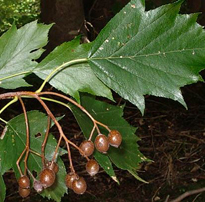 Wild Service Tree Wild Service TreeSorbus torminalis |
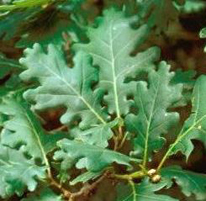 Downy Oak Downy OakQuercus pubescens |
Upper layer
The oak is a high dominant tree and needs a lot of light.
Herb layer
On this level you have many early blooming flowers, which in early spring take profit of the first sunbeams warming the ground, allowing the flowers to bloom before the leaf of the tree crowns is out.
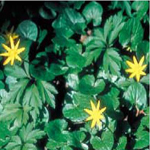 Lesser Celandine Lesser CelandineRanunculus ficaria |
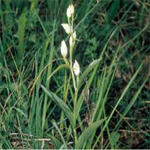 Cephalanthera damasonium Cephalanthera damasonium |
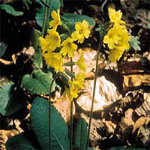 Primula Primulaofficinalis |
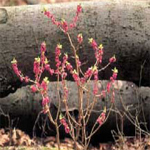 Daphna Plant Daphna PlantDaphne mezereum |
